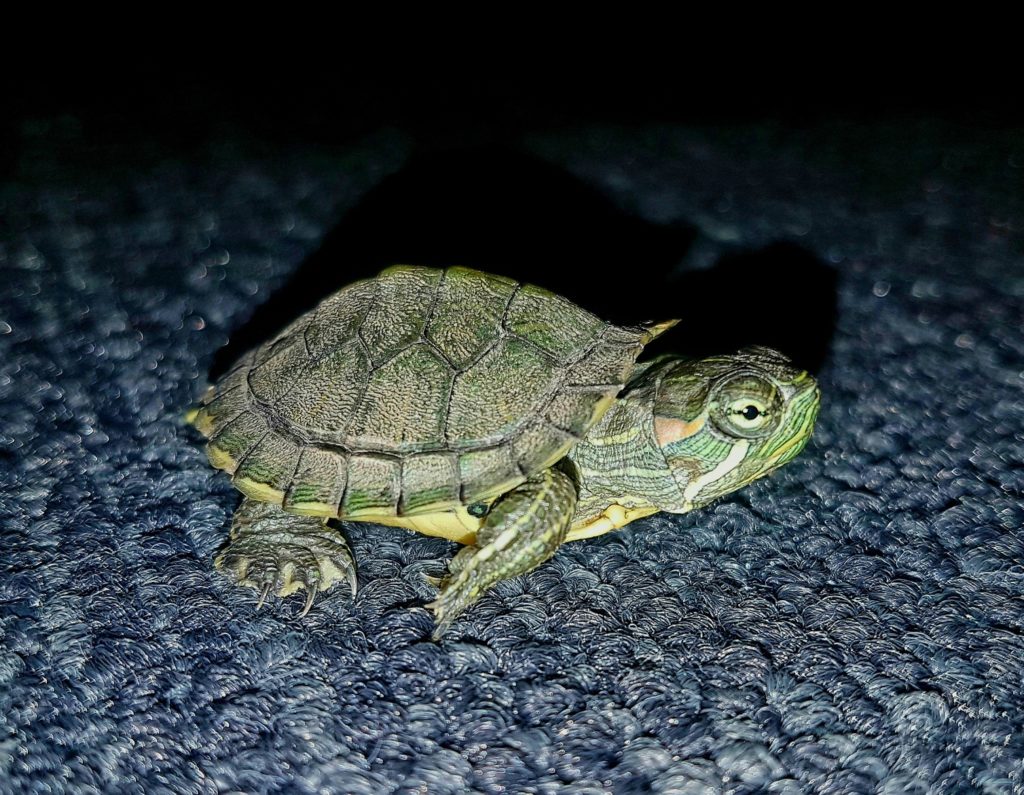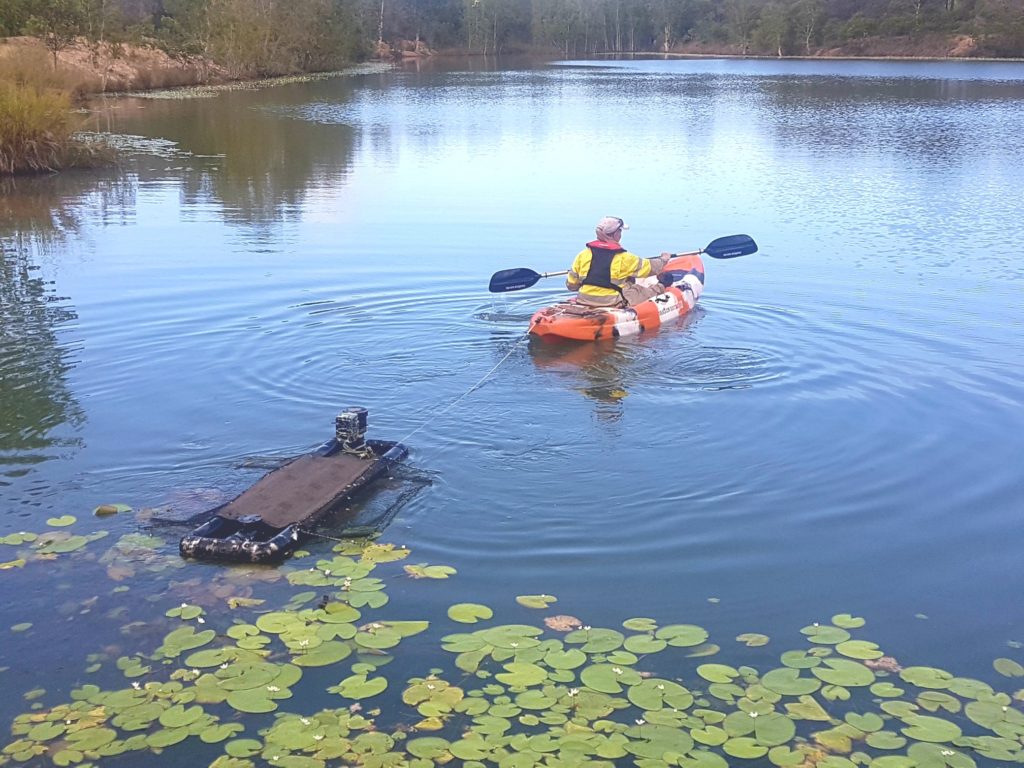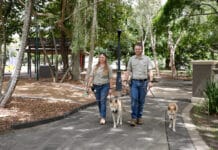
An aggressive and invasive species of turtle has been found in Bundaberg prompting a Biosecurity Queensland investigation and surveillance program.
Bundaberg Regional Council land protection officers responded to reports of a stranded turtle at an Avoca property and identified it as the red-eared slider turtle.
Native to the United States, red-eared sliders are aggressive and will out-compete native turtle species for food and space. They can also carry diseases that threaten native turtles.
The International Union for Conservation of Nature lists the red-eared slider as one of the world’s 100 worst invasive alien species.
Bundaberg Regional Council environment portfolio spokesman Cr Wayne Honor said the red-eared slider turtle was listed as a restricted invasive animal under the Biosecurity Act 2014.
“Fortunately the resident who found the turtle, which had made its way into their backyard, reported it immediately to Council and the Department of Fisheries and Agriculture,” Cr Honor said.
“While this particular turtle was diminutive in size, this species has the potential to have a disastrous effect on native turtle populations.
“Council’s land protection officers responded and collected the turtle from the resident.”
As required by Biosecurity Queensland, positive identification of the red-eared slider turtle was established before it was humanely euthanised by a vet. It has now been provided to Biosecurity Queensland for DNA analysis to determine if it was related to a known population in Burpengary.
Cr Honor said the swift response and identification was an example of how seriously Council takes its Biosecurity responsibility.
“Biosecurity Queensland and Council land protection officers are now working together towards identifying any further infestations.”
Response plan implemented
Council’s operational supervisor for natural resource management Greg O’Neill said Biosecurity Queensland had developed a response plan following the discovery of the turtle in mid-April.
“The strategy, which is being implemented in conjunction with Council, includes surveillance in the Bundaberg area in order to determine if there are any more of this species in local waterways,” Mr O’Neill said.
“We have also doorknocked in the area of the sighting in an attempt to find out where the turtle may have come from.
“Residents were provided with information alerting them to the recent detection and asking them to report all sightings of turtles on their properties.”
Mr O’Neill said a key part of the strategy was to place basking platforms in nearby waterways and at Baldwin Swamp, where the last confirmed sighting of an adult red-eared slider turtle was made in 2005.
“Turtles regularly bask out of the water on logs and other objects. The platforms are designed to simulate natural habitat and it is hoped that any turtles present will use the platform.
“All platforms have a motion sensor camera which captures photos of turtles that bask on the platform. Platforms will be monitored over a six-week period by Council officers at which time the images will be reviewed to see if there are any sightings.”

Red-eared slider sightings must be reported
All suspected sightings of red-eared slider turtles must be reported to Biosecurity Queensland within 24 hours.
If possible, anyone who discovers a suspected invasive turtle species should immediately take steps to minimise the risk of them escaping.
“By law, everyone has a general biosecurity obligation (GBO) to take all reasonable and practical steps to minimise the risk of these turtles escaping until they receive advice from an authorised officer.
“Red-eared slider turtles must not be kept, moved, fed, given away, sold or released into the environment without a permit and penalties apply if there is failure to comply.
“We would also like to remind the community that all native turtles in Australia are protected,” Mr O’Neill said.
If anyone has information in relation to red-eared sliders that can assist investigations, they’re asked to call Biosecurity Queensland on 13 25 23.
How to identify a red-eared slider turtle
Red-eared slider turtles are a freshwater turtle that can grow up to 30cm long. They have a distinctive red stripe behind each eye, fine yellow streaks and lines on the head, neck, legs and tail and their undersides are pale yellow with dark smudges or swirls.







